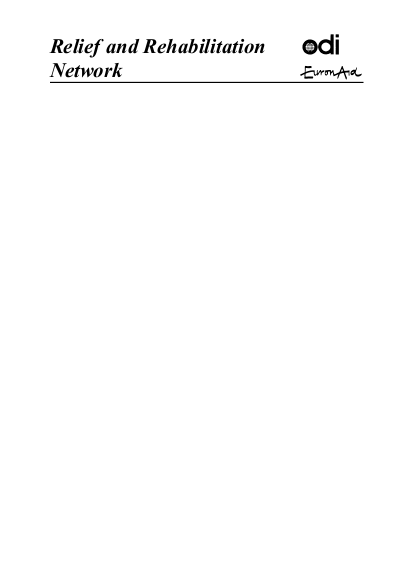
The objective of this review is to provide a short, accessible overview of what may
be considered `good practice' in the field of emergency water and sanitation. It is
aimed primarily at NGO field staff who are not specialists in water and sanitation
but who may, in the context of some future emergency operation, be involved in
decisions about water and sanitation activities.
The review is not therefore intended to be a technical manual. Such manuals are available and easily obtainable. However their language and technical emphasis make it difficult for non-specialist personnel to use them effectively to `read into' the subject. It is assumed that readers who require more detailed technical information will make use of such manuals. To increase its accessibility to non-specialists this review incorporates the following features: the use of technical language has been minimised; points are supported where possible by actual examples drawn from recent relief programmes; and `good practice' is considered in relation to seven scenarios which have been selected to represent the range of situations likely to be faced by relief agency personnel.